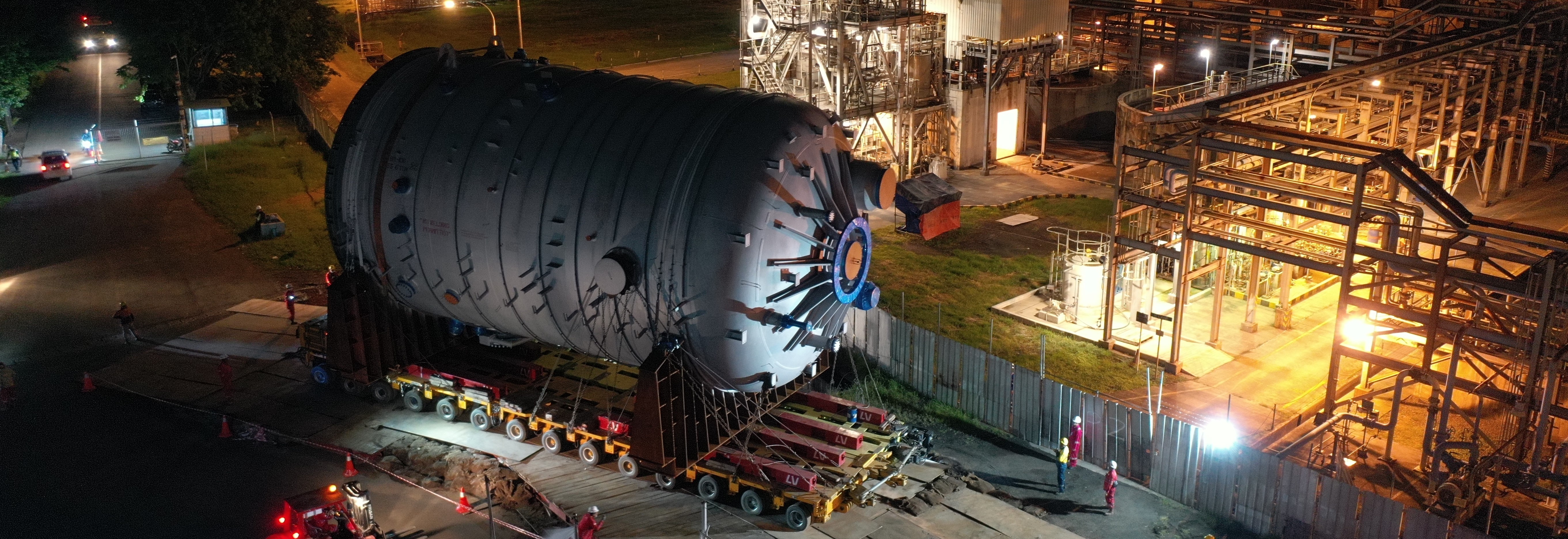Cooper River plant efficiency
$200 million dollar modernization reduces CO2 emissions by 75,000 tons per year

Our extensive research and development activities have led to 50 years of continuous improvement in PTA manufacturing. Our step out technology has lower greenhouse gas, liquid and solid waste emissions than conventional technologies. These differentiated pieces of equipment have been installed across our global asset base

Our step out technology has consistently improved the cost position of our assets and caused reductions in green gas emissions and in both liquid and solid waste production. The latest version features the lowest equipment count and capital costs so far; it employs less rotating equipment leading to improved operability and lower maintenance, higher reliability and plant availability. Safe Design Principles are subject to highest standards of safety. An enhanced oxidation reactor safety system, state of the art automation and reduced fouling therefore less caustic washing, are all eminent features.
These differentiated pieces of equipment have been installed across our asset base, most recently being retrofitted in our production facilities in Geel, Belgium and Cooper River in South Carolina, USA. We estimate our latest PTA technology delivers 65% fewer greenhouse gas emissions, 75% less water discharge and 95% less solid waste disposal than conventional technologies.
[2] Derived from bp’s internal analysis Evaluating Energy Processing Technology, conducted in 2016. Data in this internal analysis was derived from bp’s actual operating data from six of its PTA manufacturing facilities